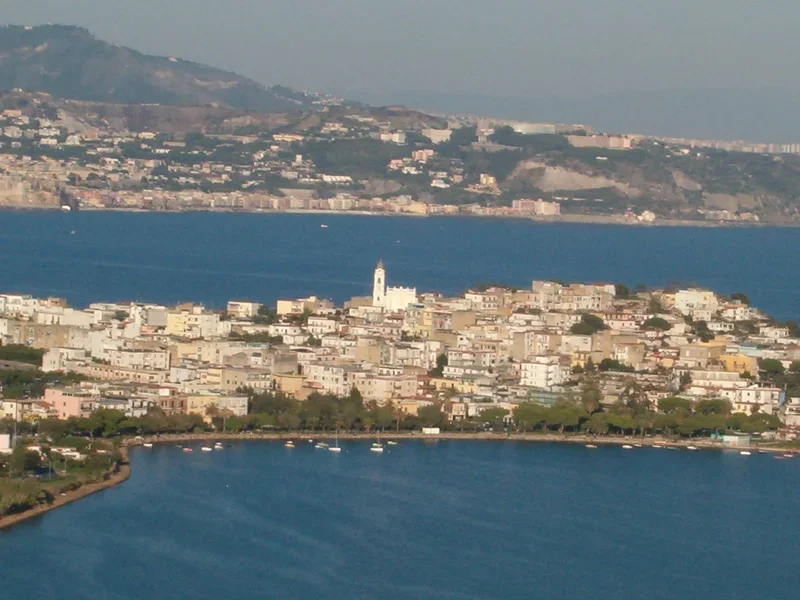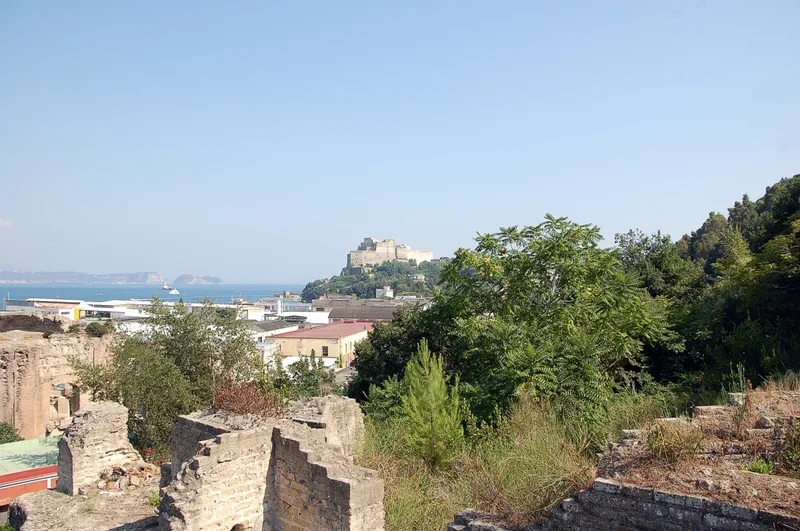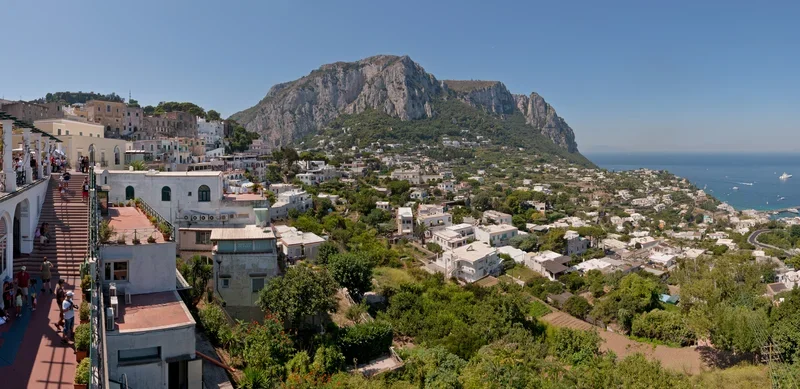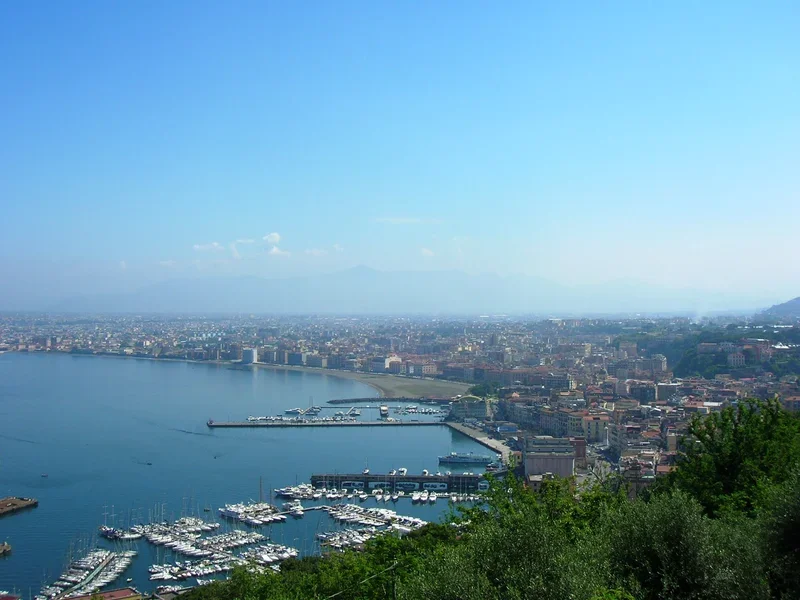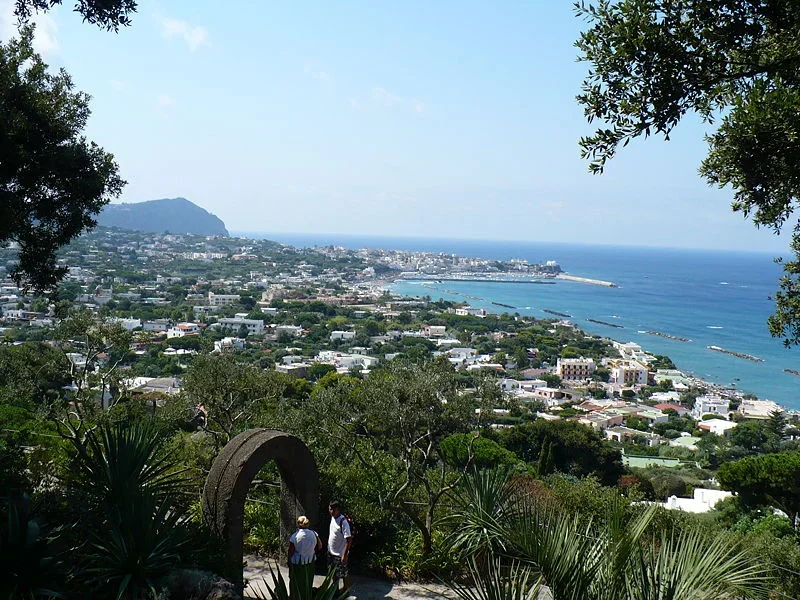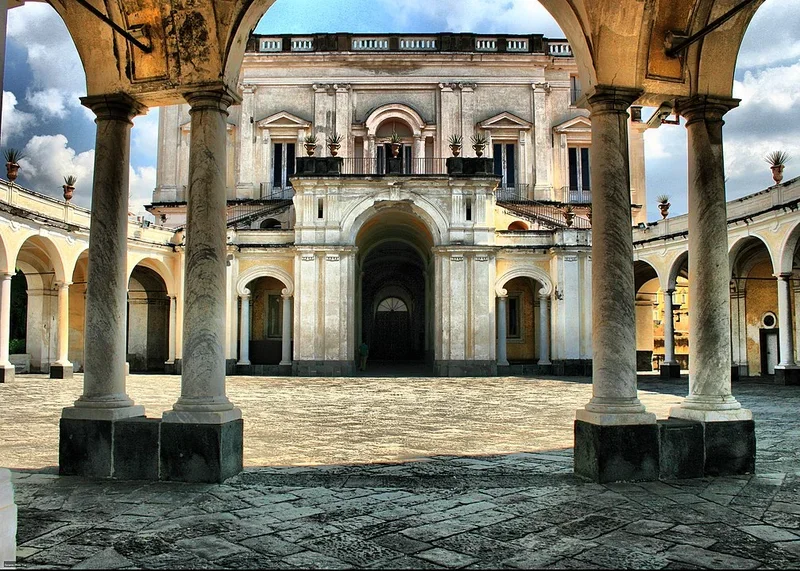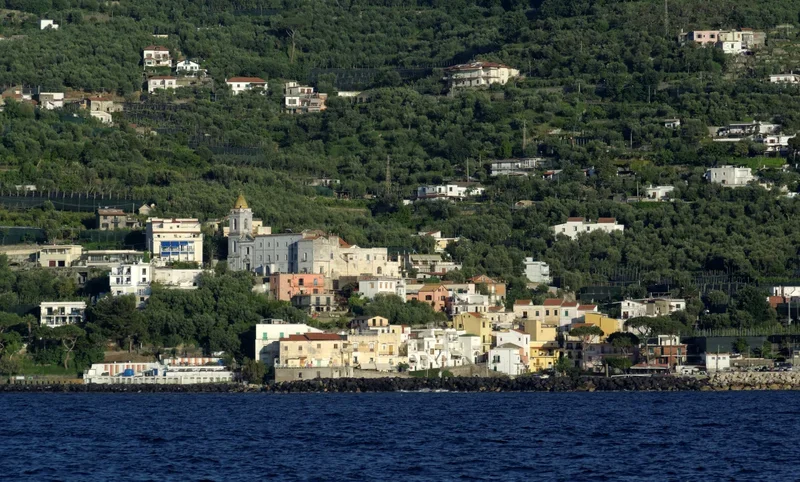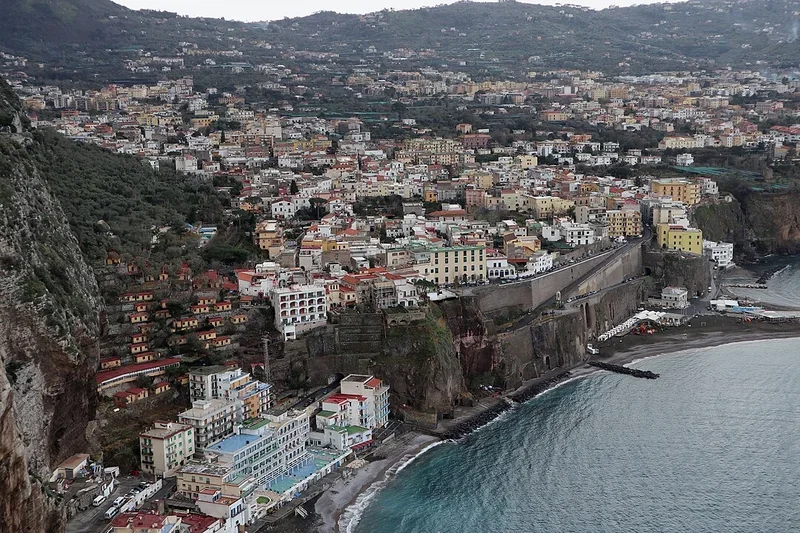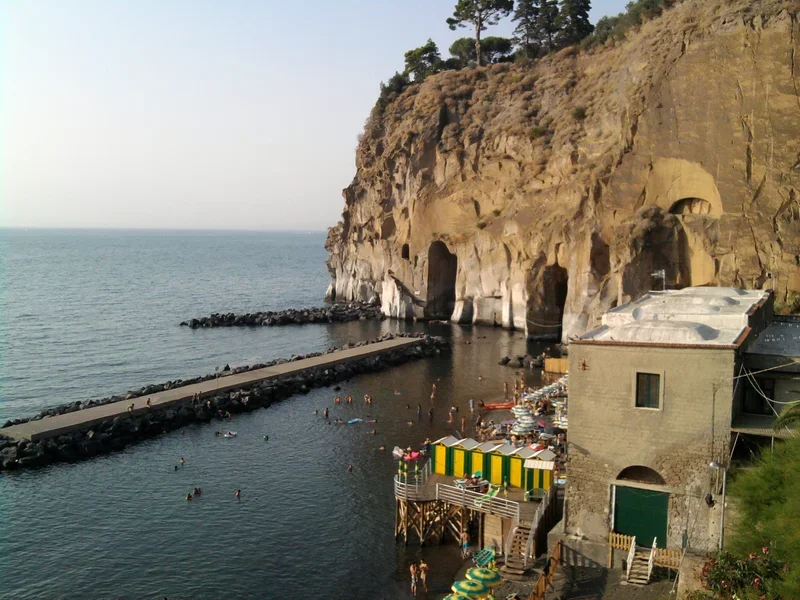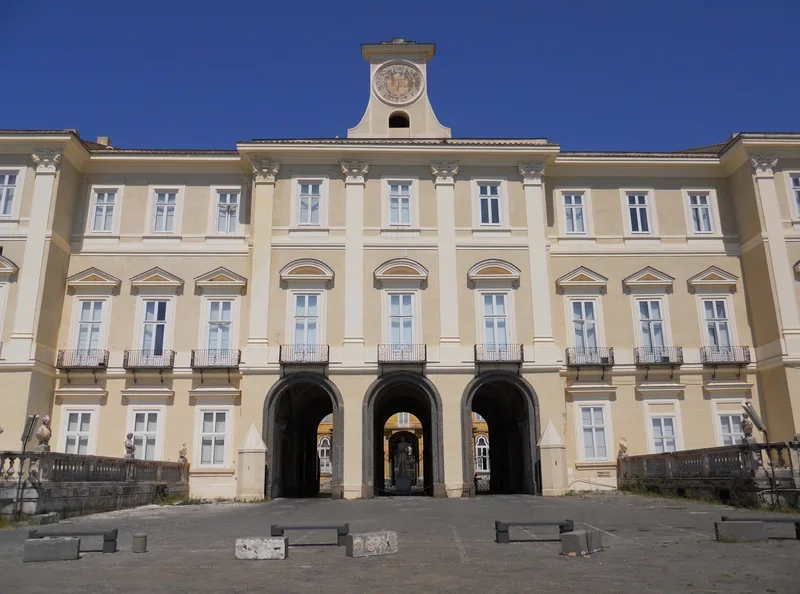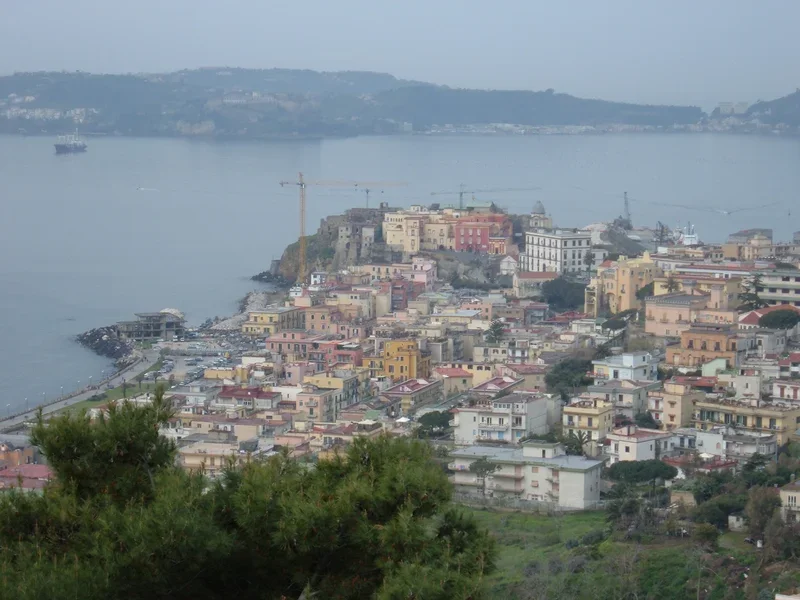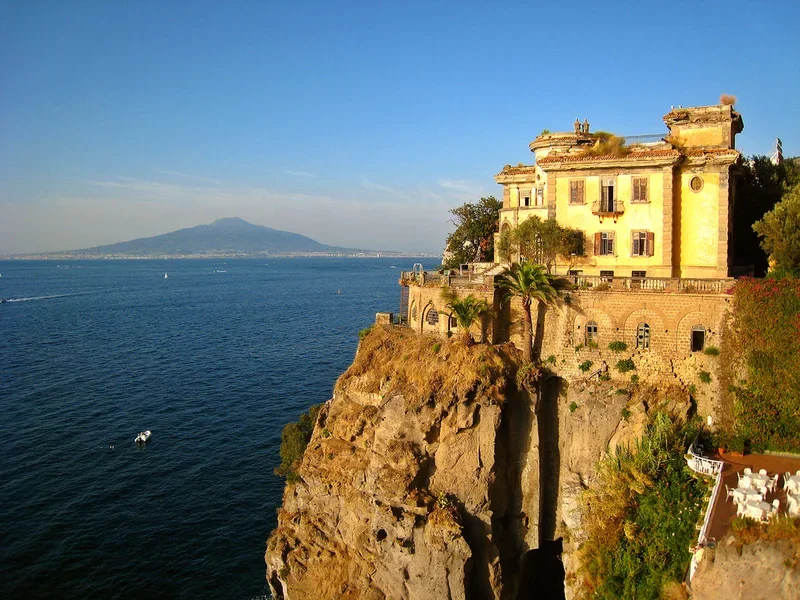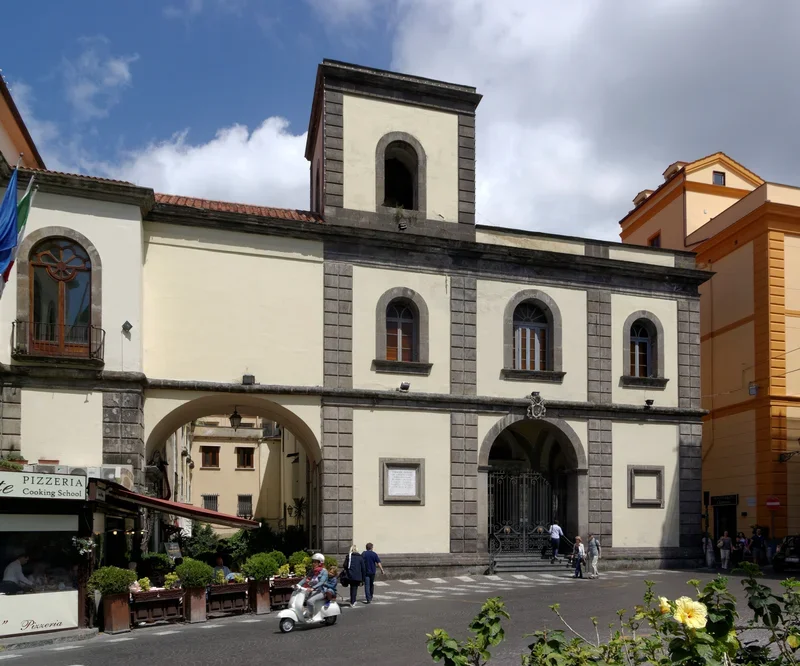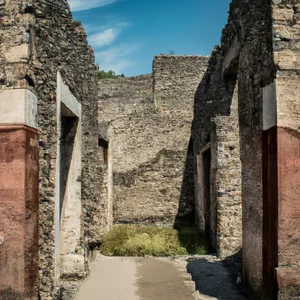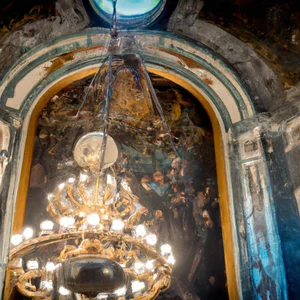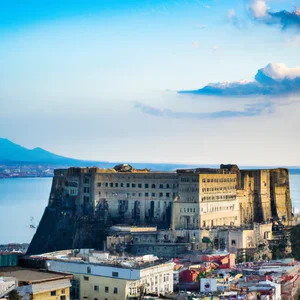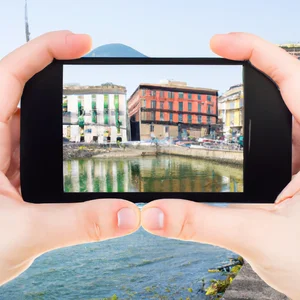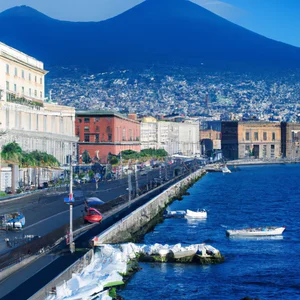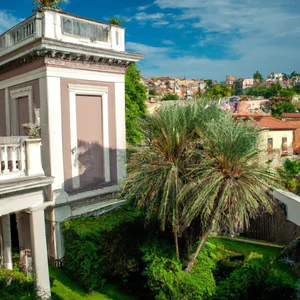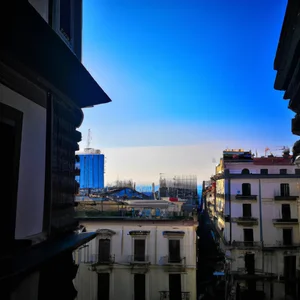Book your experience
Splendours of ancient Naples: discover how the ancient Romans enjoyed the spa in historic Naples
In the heart of historic Naples, among the crowded alleys and lively squares, lies a cultural heritage that tells of distant eras and fascinating traditions. Among the monuments that best encapsulate the essence of the city, the ancient Roman baths stand as silent witnesses of an art of living that marked Roman civilization. These places of well-being and socialization were not simply structures intended for relaxation, but real vital centers where the community gathered to care for the body and mind, to exchange ideas and to strengthen social bonds.
In this article, we will explore the “Splendours of ancient Naples”, a journey through ten key points that reveal the secrets of the Roman baths in the Neapolitan city. From the historical origins of the baths in Naples, passing through the extraordinary architecture that characterizes the spaces, up to the social and cultural importance of these places in the daily life of the Romans, each section will help us understand how the baths represented a microcosm of the society of the time.
We will also discover the thermal path that ancient visitors followed, the cutting-edge engineering techniques such as the hypocaust, and the influence of art, with frescoes and mosaics that embellished the rooms. Furthermore, we will focus on the interaction between medicine and spas, highlighting their fundamental role in the well-being of citizens. Finally, we will reflect on how the end of the Roman baths did not mark the loss of a heritage, but rather left a lasting legacy in the culture and identity of Naples. Get ready for a fascinating journey through time, to discover a unique and splendid chapter in the history of Naples.
The origins of the Roman baths in Naples
Ancient Rome and spa culture
The Roman baths represented one of the most characteristic elements of Roman culture, since they were not just places dedicated to personal hygiene, but true centers of socialization and relaxation. The baths of Naples, also known as the Baths of Neapolis, date back to Roman times and were built between the 1st and 2nd centuries AD.The importance of the baths in Roman society
Roman baths were considered essential for the physical and mental well-being of Roman citizens. In addition to cleansing the body, the spa also offered the opportunity to socialize, exercise and treat any illnesses through hot baths, massages and specific treatments.The Neapolis Baths in Naples
The Neapolis Baths were located in the heart of the city of Naples, near the Decumani district. They were composed of different environments, such as the frigidarium (room with cold water), the tepidarium (warm room) and the calidarium (room with hot water), as well as gyms and saunas.The role of spas in daily life
The Roman baths were frequented by people of all social classes and represented a place of meeting and discussion for the inhabitants of the city. Here you could meet friends, discuss politics or simply relax after a long day at work.In summary, the Neapolis Baths in Naples represent an important example of Roman architecture and testify to the importance of the baths in the daily life of ancient Rome.
The architecture of the baths: an engineering masterpiece
The Roman baths of Naples are considered a true masterpiece of Roman engineering, testimony to the skill and mastery of the ancient Romans in the art of construction. These spas, dating back to the 1st century AD, were designed with precision and care to ensure maximum comfort and well-being for their visitors.
The Roman baths of Naples present a complex and articulated structure, divided into different areas and environments, each designed to perform a specific function within the thermal path. Among the main parts of the baths we find the frigidarium, the largest and coldest room of the baths, where bathers could cool off; the tepidarium, a room of intermediate temperature; and the calidarium, the hottest room of the spa, where bathers could enjoy the benefits of heat and steam.
But what makes the Roman baths of Naples truly extraordinary is their refined and sophisticated architecture. The baths were equipped with imposing columns, floors and walls decorated with mosaics and frescoes of great artistic value, which contributed to creating an atmosphere of luxury and beauty. Furthermore, the spas were equipped with innovative heating systems, such as the hypocaust, a floor heating system that allowed the temperature inside the spa environments to be kept constant.
Ultimately, the Roman baths of Naples represent an extraordinary example of how Roman engineering was able to combine functionality and aesthetics, creating spaces of great beauty and comfort for Roman citizens. These structures, in addition to being places of relaxation and well-being, were true symbols of power and wealth for the city of Naples.
The Neapolis spa: a center of well-being and socialization
The spa of Neapolis, located in Naples, represented a point of reference for the social life and well-being of the Romans. These spa complexes were much more than simple places for personal hygiene, but real centers of aggregation and socialization.
The spas of Neapolis offered Roman citizens the opportunity to relax, socialize and take care of their body and mind. Within these complexes, the Romans could participate in various recreational activities, such as baths, massages, physical exercises and even philosophical conversations.
These places were frequented not only by the wealthier classes, but also by the poorer population, who could access the spa thanks to the affordable cost of entry. The Neapolis spa therefore represented a meeting point between different social classes, where everyone could enjoy the benefits of relaxation and body care.
The spas of Neapolis were equipped with various facilities, such as hot and cold water pools, saunas, gyms and massage rooms. Visitors could follow a thermal journey that involved passing through different rooms, each with a specific temperature and function, such as the frigidarium (cold room), the tepidarium (warm room) and the calidarium (hot room).
Furthermore, the spas of Neapolis were decorated with frescoes and mosaics of great artistic beauty, which contributed to creating an atmosphere of luxury and relaxation. These artistic elements not only made the spa more aesthetically pleasing, but also contributed to stimulating the senses and promoting the psychophysical well-being of visitors.
The spa journey: from the frigidarium to the calidarium
Description of the thermal path
The Roman baths of Naples followed a precise thermal path that involved different rooms with different temperatures and functions. The route began with the frigidarium, a room with cold water where bathers could refresh themselves and tone their skin. From here we moved on to the tepidarium, a room with medium temperature water, ideal for preparing the body for the heat of the subsequent rooms.
The itinerary then continued with the calidarium, the hottest room in the spa, where bathers could immerse themselves in hot water to encourage sweating and relax their muscles. After the calidarium, you could access the sudatorium, a sort of sauna where intense heat was generated thanks to the hypocaust, an underground heating system.
Finally, the route ended with the natatio, an outdoor pool where bathers could swim and relax after the thermal cycle. This thermal path not only promoted physical well-being, but also mental well-being, offering an experience of relaxation and regeneration for the body and spirit.
Conclusions on the thermal journey
The thermal path of the Roman baths of Naples represented a moment of ritual and body care that was fundamental to Roman culture. The different rooms with different temperatures and functions offered bathers a complete experience of physical and mental well-being, contributing to the maintenance of the health and beauty of the body. This thermal journey, with its different stages and its benefits for the body, is one of the elements that make the Roman baths of Naples a true masterpiece of Roman thermal engineering and art.
The frescoes and mosaics: art and beauty in the Roman baths
The frescoes
The frescoes present in the Roman baths of Naples represent a true artistic treasure. Thanks to these works, it is possible to immerse yourself in the daily life of the Roman era and admire detailed portraits of illustrious characters, mythological scenes and enchanting landscapes. The frescoes were created directly on the walls of the spa, using the fresco technique which consisted of applying the pigments directly onto the still damp plastered wall, so that the colors blended with the support, creating works of great beauty and durability over time.
The mosaics
The mosaics present in the Roman baths of Naples are equally spectacular and rich in detail. Made with small stone tiles or colored enamel, mosaics adorned the floors of the spas creating splendid geometric, floral or figurative decorations. Thanks to the mastery of Roman artisans, the mosaics of the baths of Naples are considered among the most beautiful and well-preserved in the entire Roman Empire. Each mosaic tells a story, a myth or a scene from everyday life, enriching the visitors' experience and transporting them to a distant but still alive era thanks to the beauty of the works of art.
The role of spas in the daily life of the Romans
The spa as a social and cultural centre
The Roman baths played a fundamental role in the daily life of the Romans, not only as a place for personal hygiene, but also as a social and cultural center. The baths were frequented by people of all social classes, from the humblest slaves to the rich patricians, and represented an important meeting and socialization point.
Recreational and entertainment activities
The spa offered a wide range of recreational and entertainment activities for visitors. In addition to hot and cold pools, saunas and massage rooms, the spa had gyms for physical activity, libraries, rooms for music and poetry, as well as spaces for playing chess and dice. Furthermore, during the festive days, the spa hosted theatrical performances, concerts and sports competitions.
Place of political and philosophical discussion
The baths were also a privileged place for political and philosophical discussion. Lively debates took place here on domestic and foreign political issues, on philosophical and religious themes, and on current affairs. The Romans considered the spa as a neutral and open space for the exchange of ideas, where it was possible to exchange opinions and knowledge in a climate of mutual respect.
In conclusion, the Roman baths were not just places for hygiene and relaxation, but real cultural and social centers that played a fundamental role in the daily life of the Romans, contributing to social cohesion and physical and mental well-being of the population.
The spa as a place for meeting and discussion
A place for socialization and cultural exchange
The Roman baths were not only a place to take care of one's body and health, but also represented an important meeting and discussion center for Roman society. Here people from all walks of life could meet, converse and exchange opinions on various topics, thus creating an environment of socialization and cultural comparison.
The spa as a political and social centre
The spas were often frequented by politicians, intellectuals and businessmen, who went there not only to relax but also to discuss public and private affairs. These meetings took place both in the spa rooms and in the surrounding gardens, creating an informal and relaxed environment that encouraged dialogue and the exchange of ideas.
A place for discussion and debate
The Roman baths were therefore not only a place of physical well-being, but also a center of debate and discussion where political, cultural and social issues were discussed. Here you could listen to the opinions of various figures from Roman society and discuss current issues, thus contributing to the diffusion of ideas and the formation of a civic conscience.
In conclusion, the Roman baths represented an important meeting and discussion place for Roman society, where people could socialize, discuss and compare their opinions on various topics. This social role of the baths made them not only a wellness center, but also a point of reference for the cultural and political life of the time.
Heating techniques and the hypocaust
The heating system of the Roman baths
One of the most innovative aspects of the Roman baths was the heating system, called hypocaust. This system was based on the use of a complex system of underground pipes through which hot air from a central hearth passed. This hot air heated the floor and walls of the rooms, ensuring a pleasant and comfortable environment inside the spa.
The hypocaust technique
To create the hypocaust, the Romans built a system of underground pillars and arches that supported the floor of the thermal rooms. Above these pillars a layer of sand or refractory bricks was placed, on which the actual floor was laid. Hot air from the hearth passed through the pillars, heating the floor and walls of the rooms. This system allowed the temperature inside the spa to be kept constant, ensuring comfort and well-being for bathers.
Furthermore, the hypocaust also allowed the water of the thermal pools to be heated, creating an even more pleasant and relaxing environment for visitors. Thanks to this innovative technique, the Roman baths were not only a place of cleansing and body care, but also of relaxation and socialization for the inhabitants of Neapolis.
The baths and medicine: a close link
The link between the Roman baths and medicine
Roman baths were not only places of relaxation and socialization, but also had a strong connection with medicine. The ancient Romans believed that thermal water had healing and therapeutic properties, and therefore the spa was also frequented by those seeking cures for various physical ailments.
Roman baths offered a wide range of medical treatments, including hot baths, massages, saunas, and even herbal and essential oil therapies. Roman doctors often prescribed their patients to go to the spa to improve their health and cure illnesses.
The spas were considered sacred places, where the body could be purified and regenerated thanks to the beneficial properties of the thermal water. The Romans believed that balance between mind, body and spirit was essential to maintaining health, and the spa was an ideal place to achieve this balance.
The link between the baths and medicine was so strong that many Roman baths also had actual medical facilities within them, with doctors and therapists specialized in the treatment of various pathologies. This shows how important the Roman baths were considered not only for physical well-being, but also for the care and healing of the sick.


